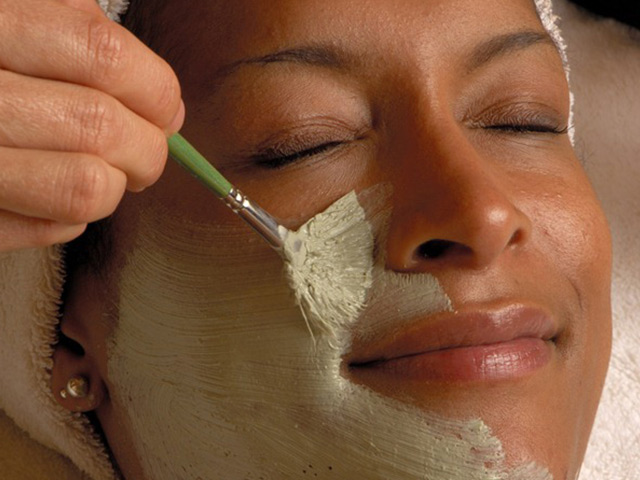For many people, achieving radiant, blemish-free skin is a top priority. One of the treatments often recommended to tackle pigmentation, acne scars, and dullness is a chemical peel. These concerns are valid and should be addressed with clear, accurate information. In places where skincare is becoming increasingly advanced—such as Chemical Peels Dubai Silicon Oasis—the awareness around treating darker skin types safely with chemical peels has grown significantly. So let’s dig into how these treatments work, what skin types need to be cautious of, and most importantly, how they can be done safely for darker complexions.
Understanding Chemical Peels
Chemical peels are a form of skin resurfacing treatment that uses chemical solutions to exfoliate the top layers of the skin. Depending on their strength and formulation, they can target different depths—ranging from superficial peels to deep ones. The purpose is to remove damaged skin cells, stimulate collagen production, and encourage the growth of smoother, healthier skin.
How Chemical Peels Work?
Chemical peels use various acid-based solutions such as glycolic acid, salicylic acid, lactic acid, trichloroacetic acid (TCA), or phenol. The acid breaks down the bonds between dead skin cells, making it easier for the outermost layers to shed. Once these layers peel off—over several days to a week—the skin beneath often appears fresher, brighter, and more even in tone.
Why Skin Tone Matters?
Darker skin contains more melanin, which gives it a rich tone but also makes it more reactive to trauma. When the skin is injured—whether through acne, sunburn, or harsh treatments—it can respond by overproducing melanin, resulting in hyperpigmentation or dark spots. This is why chemical peels must be selected carefully for people with medium to deep skin tones.
Types of Peels Suitable for Dark Skin
Superficial Peels
These are the safest type for dark skin. They typically use alpha hydroxy acids (AHAs) like glycolic acid or lactic acid, and beta hydroxy acids (BHAs) like salicylic acid. These peels only affect the outermost layer of skin and require little to no downtime.
Enzyme Peels
Derived from fruits like papaya or pumpkin, enzyme peels are gentle exfoliants ideal for sensitive or darker skin types. They do not penetrate deeply and have a very low risk of post-inflammatory hyperpigmentation (PIH).
Jessner’s Peel (Modified)
This peel combines lactic acid, salicylic acid, and resorcinol. When modified to exclude harsh components and adjusted for concentration, it can offer good results with reduced risk for dark skin tones.
Mandelic Acid Peel
This is another excellent option for melanin-rich skin. It’s a type of AHA with larger molecular structure, making it more gentle and less irritating than glycolic acid.
Benefits of Chemical Peels for Dark Skin
When performed correctly, chemical peels can provide numerous benefits for darker skin tones:
- Even skin tone: Helps reduce the appearance of dark spots and hyperpigmentation.
- Acne and acne scars: Salicylic acid peels are especially effective for oily and acne-prone skin.
- Radiant complexion: Peels encourage healthy skin turnover, leading to a fresh glow.
- Improved texture: Smooths out rough patches, bumps, and dry areas.
- Anti-aging effects: Over time, peels can soften fine lines and boost collagen production.
Final Thoughts
So, are chemical peels safe for dark skin? Absolutely—when they are selected and performed with precision. Darker skin does require a more thoughtful and tailored approach, but that doesn’t mean you can’t benefit from the glow-enhancing, tone-evening magic of a chemical peel.






Comments